Gomphu Kora is one of these sites. In sheer sanctity, it is in the league of
the Taktshang in Paro, Sengye Dzong in Lhuentse and Kurjey Lhakhang in
Bumthang. In terms of historical antecedents, it is perhaps unequalled.
Buddhist scholars say that the site
has been blessed with indefinite virtues and prayers: a mere visit cleanses one
of sins, fulfill wishes and guides the path to Nirvana (liberation from the
cycle of existence). They also point out that a single circumambulation at
Gomphu Kora brings more spiritual merits to the devotees than reciting the
divine mantra “Om Mani Padma Hung” or “Om Ah Hum Vajra Guru Padma Siddhi Hum”
100,000 times elsewhere.
In Chokoey (a classical script used
mainly by the clergy today), Gomphu means “Meditation Cave” and Kora means
“Circumambulation”. The name is derived from a cave formed out of a rock-face
next to a temple that has been built as a tribute to this sacred site.
The story of Gomphu Kora goes back
to the 8th century AD. Legend has it that an evil non-human spirit named
Myongkhapa escaped from Samye in Tibet when Guru Padmasambhava, the progenitor
of the Nyingma strand of Buddhism, was spreading the Dharma in the Himalayas.
Myongkhapa followed the course of the present-day Kholongchhu stream and
concealed himself inside a rock where Gomphu Kora stands today. The Guru
followed the evil, mediated for three days inside the rock cave and finally
vanquished it.
The subjugation of the malignant
spirit took wit and sheer cunning. To escape from the wrathful Guru, the spirit
blasted the rock from the inside, carving a passage of escape. In another
incident, the spirit transformed itself into a terrifying snake and appeared
before the Guru as if to strike at him. The Guru then manifested as Garuda, a
legendary bird, and captured the snake.
The legacy of these encounters is
still visible today. The escape passage from the rock is frequented by Buddhist
devotees who believe that the experience cleanses them of their worldly sins.
Visible inside the cave is the Guru’s thumb print that signifies the
undertaking by the spirit to submit to the Dharma.
The rock is also the repository of
many other spiritual attributes containing, among others, the Ters (treasures)
associated with Avaloketeshvara (the God of Compassion), Manjusri (the God of
Wisdom) and Vajrapani (Dorji Chang – Vajradhara or Vajra Dharma Buddha) as well
as the Tshebum, the longevity vase of Lhacham Pema Sol.
Several prominent religious
personalities have undertaken pilgrimage to Gomphu Kora in the past millennium.
One of the earliest was Gongkhar Gyal, a twin grandson of Lhasay Tsangma, who
built a small shrine at Gomphu Kora around the 10th century A.D. Gongkhar Gyal
had by then established his noble lineage in Trashiyangtse.
A mendicant, Choying Gyatsho, is
believed to have engraved mantras onto a stone at Gomphu Kora. This historical
figure has later been identified as the son of the renowned treasure revealer
Terton Dorji Lingpa. Terton Pema Lingpa, one of the five King Tertons, visited
Gomphu Kora in the 14th century AD. He enlarged the existing shrine and
revealed several treasures including a statue of the Buddha, Guru Padmasambhava’s
amulet, the footprints of the Guru and his consort, and the footprints of the
Guru’s riding horse. After this discovery, Ani Choten Zangmo, Pema Lingpa’s
granddaughter who founded the Drametse monastery, undertook a pilgrimage to
Gomphu Kora.
The Gomphu Kora temple was renovated
and enlarged in the 15th century by Yongzin Ngagi Wangchuk, the grandfather of
Zhabdrung Ngawang Namgyel who founded Bhutan as a nation state. He also
inscribed murals on the walls of the temple. Gyalse Tenzin Rabgay, the fourth
temporal and spiritual ruler of Bhutan, followed his footsteps about a hundred
years later and renovated the temple.
The surroundings of Gomphu Kora are
laden with relics that capture the activities of the Guru. The area stretches
along the river bank from Tsergom in Jamkhar Gewog to Ombha and Gongza under
Toetsho Gewog in Trashiyangtse district.
The Guru also meditated in a cave
called Kapaliphu, about 15 minutes uphill walk from Gomphu Kora. It is said
that the three-month meditation and retreat ended miraculously when two streams
– a male and a female – gushed out from beneath the rock. One of the streams is
today used as a water source for the Gomphu Kora temple.
A statue of Gyenen Myongkhapa is
preserved in the temple alongside a mermaid (Tshomen Gyalmo) who is said to
have appeared from a river-lake nearby to supplicate and make offerings to the
great Guru. While at Gomphu Kora, the Guru is believed to have resorted to
several tactics to subjugate the evils. Rock imprints show bodies of evils being
burned, and skins dripping with fat and blood being flayed and dried on
boulders. Once, in an instance of trickery, the Guru pretended to be dead and
caught the evils off-guard. A stone pillar standing nearby the temple is said
to be the petrified physical form of an evil spirit rising to check if the Guru
is really dead.
The biggest attraction of Gomphu
Kora is the circumambulation. “Go around Gomphu Kora today for tomorrow may be
too late”, so goes a local song that entices devotees to visit Gomphu Kora. And
like herds of stampeding buffaloes, the place comes alive, once every year,
when people all over eastern Bhutan descend upon the narrow valley, dressed in
their finery, to partake in the festivity, to worship and to reunite themselves
with their illustrious past.
The sanctity of the three day
religious festival equally draws the Dakpa tribe in neighboring Arunachael
Pradesh (India) who endures days of travel on foot amid rugged environs with
entire families in tow. Some say the Dakpas have done this for more than a
millennium, beginning shortly after Guru Padmasambhava sanctified the place in
the 8th century AD.
The Guru is attributed to have said
that devotees will flock to Gomphu Kora for eons to celebrate the triumph of
good over evil. There couldn’t be a more accurate prophesy.




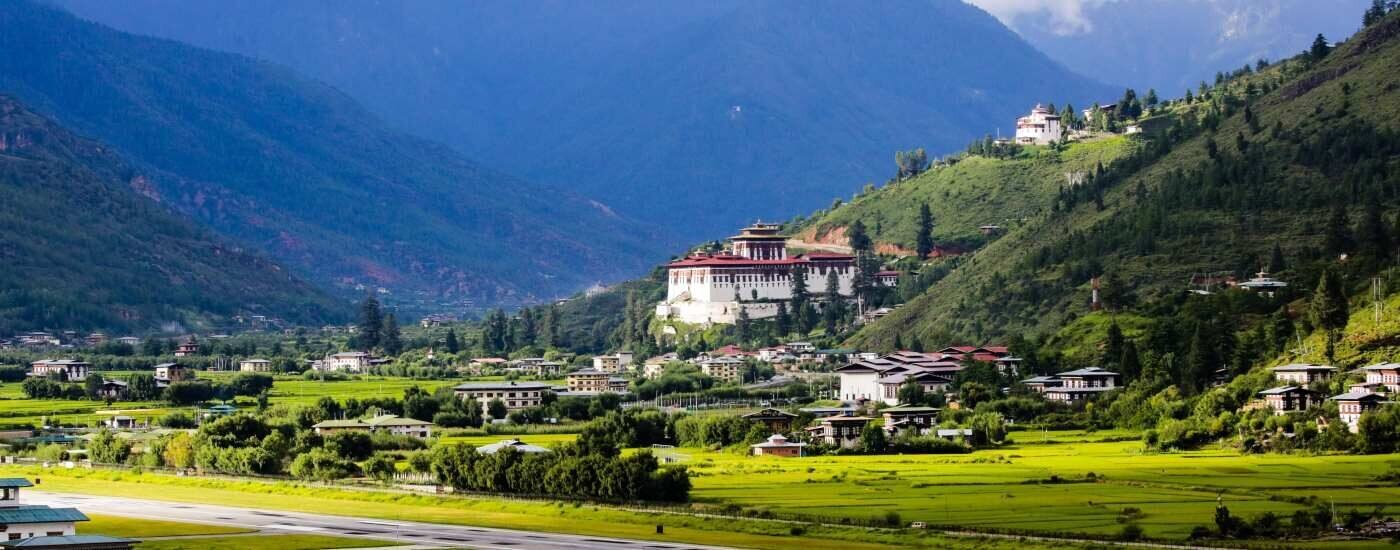
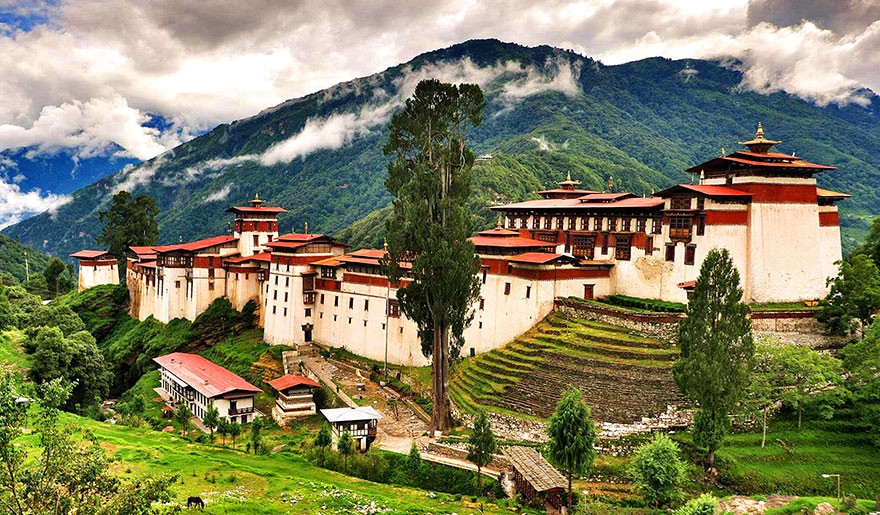
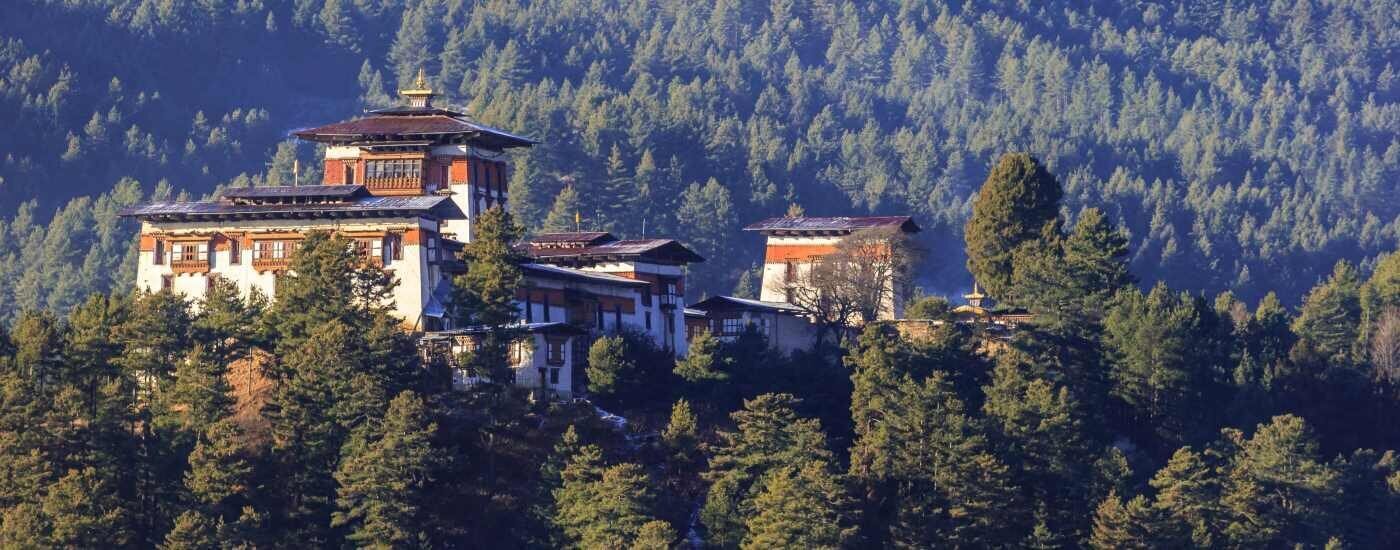
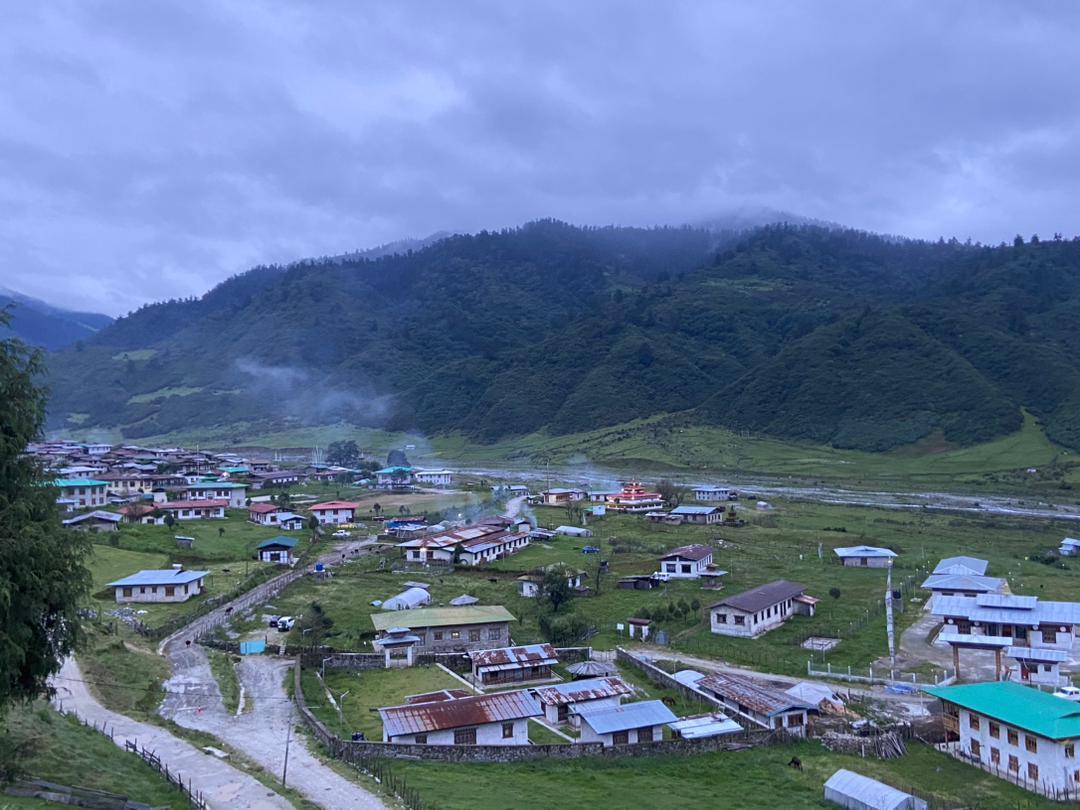
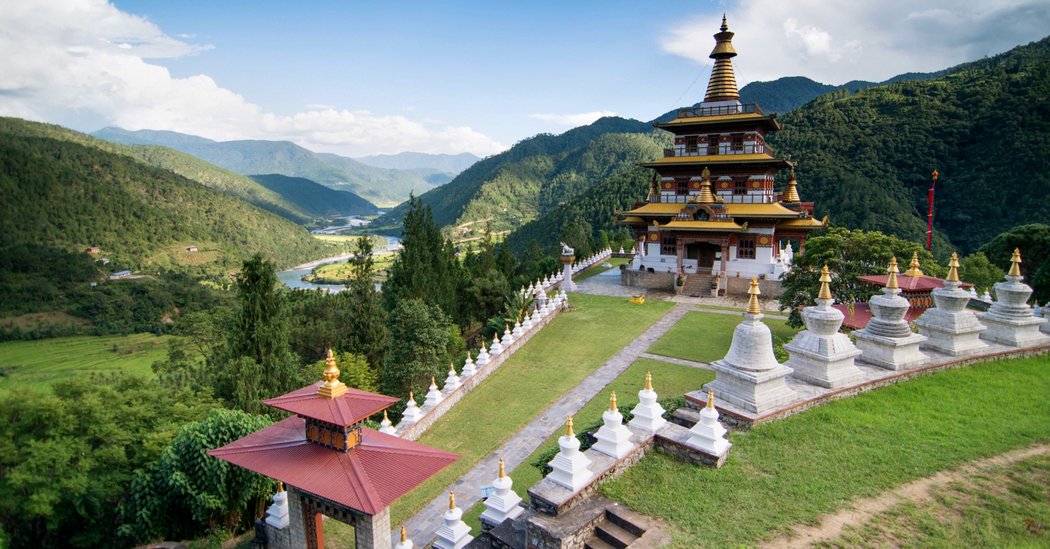
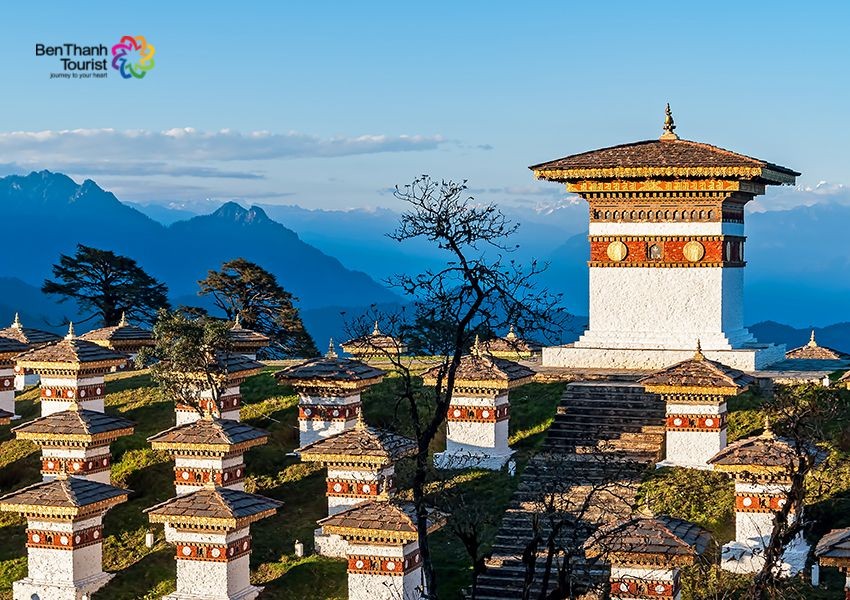
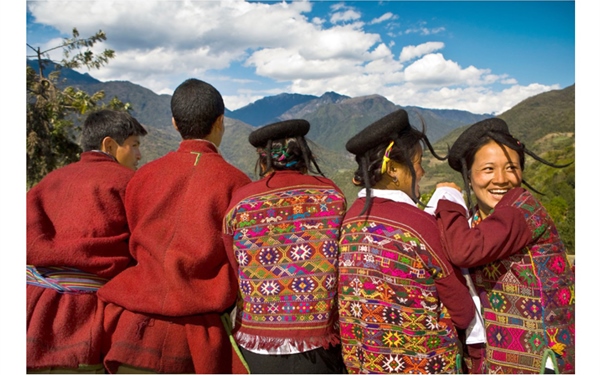
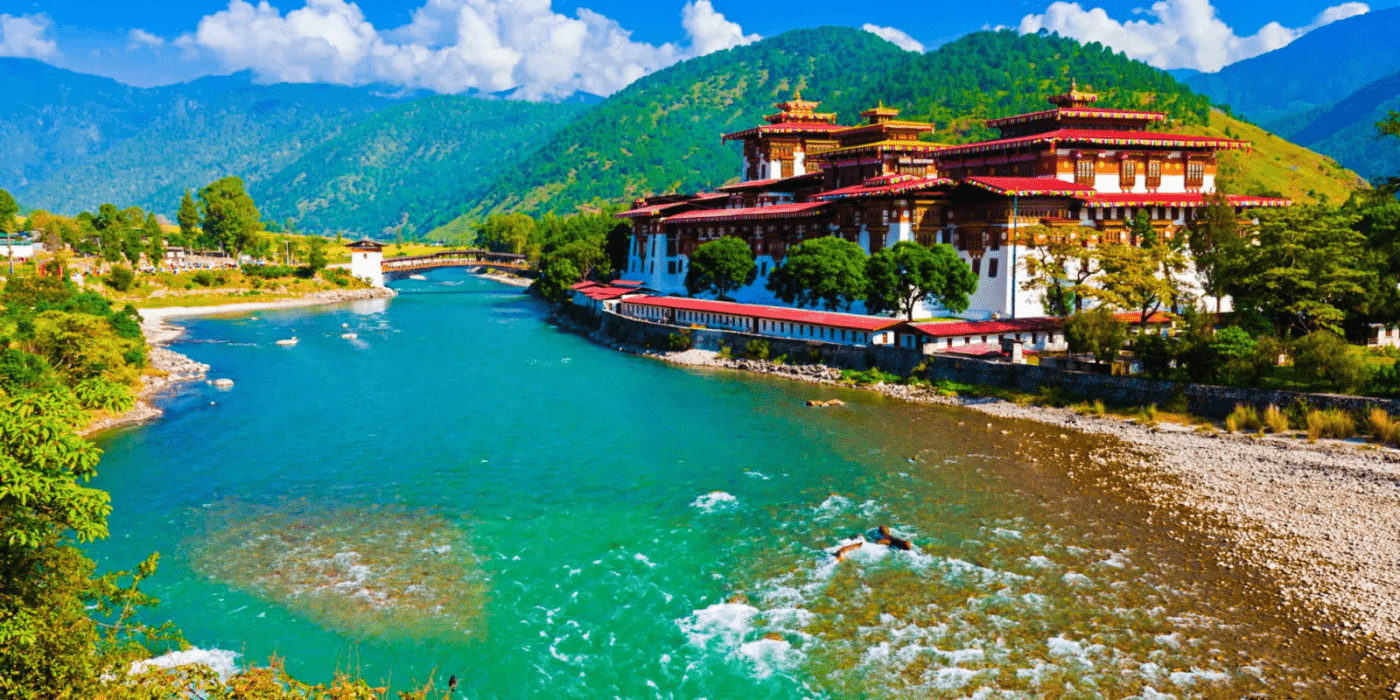
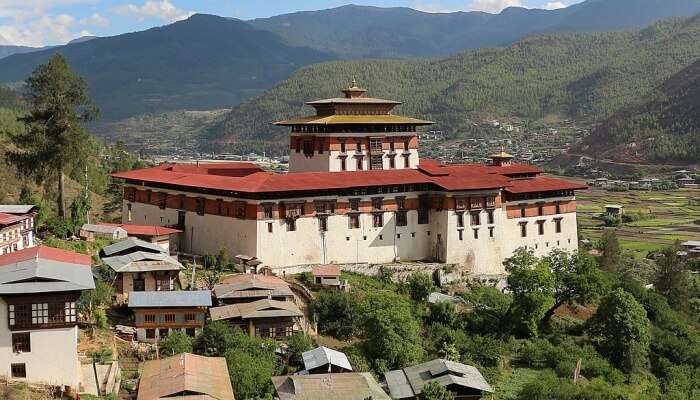

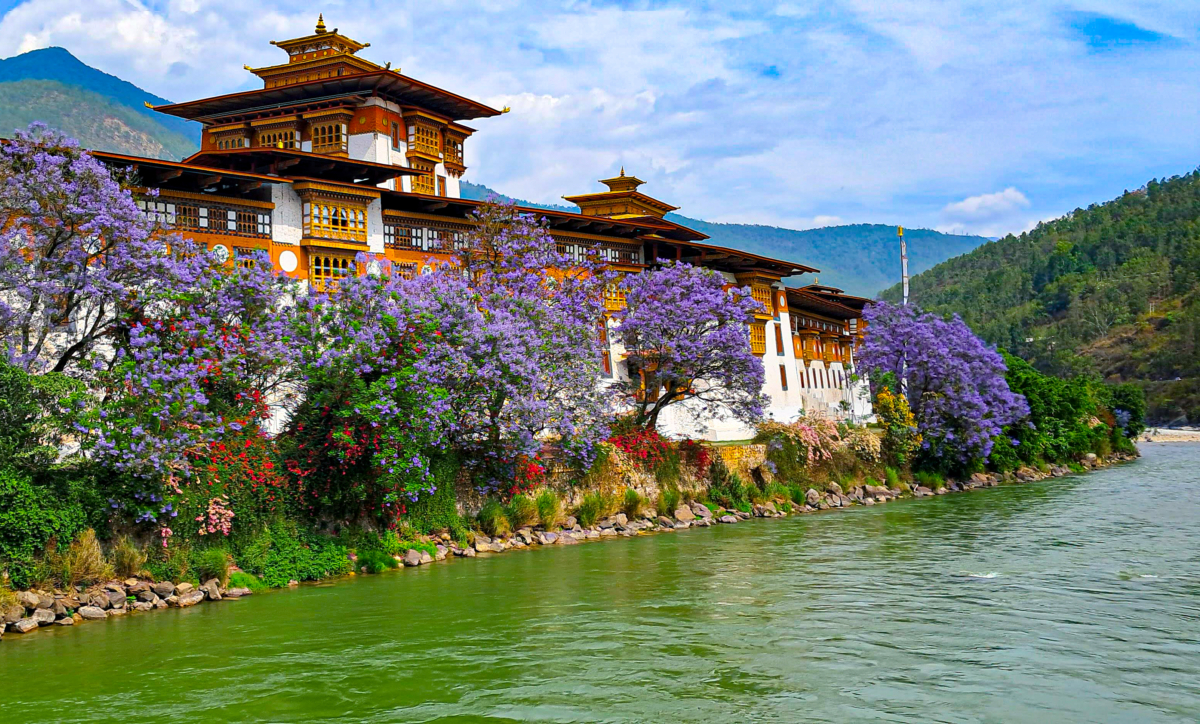
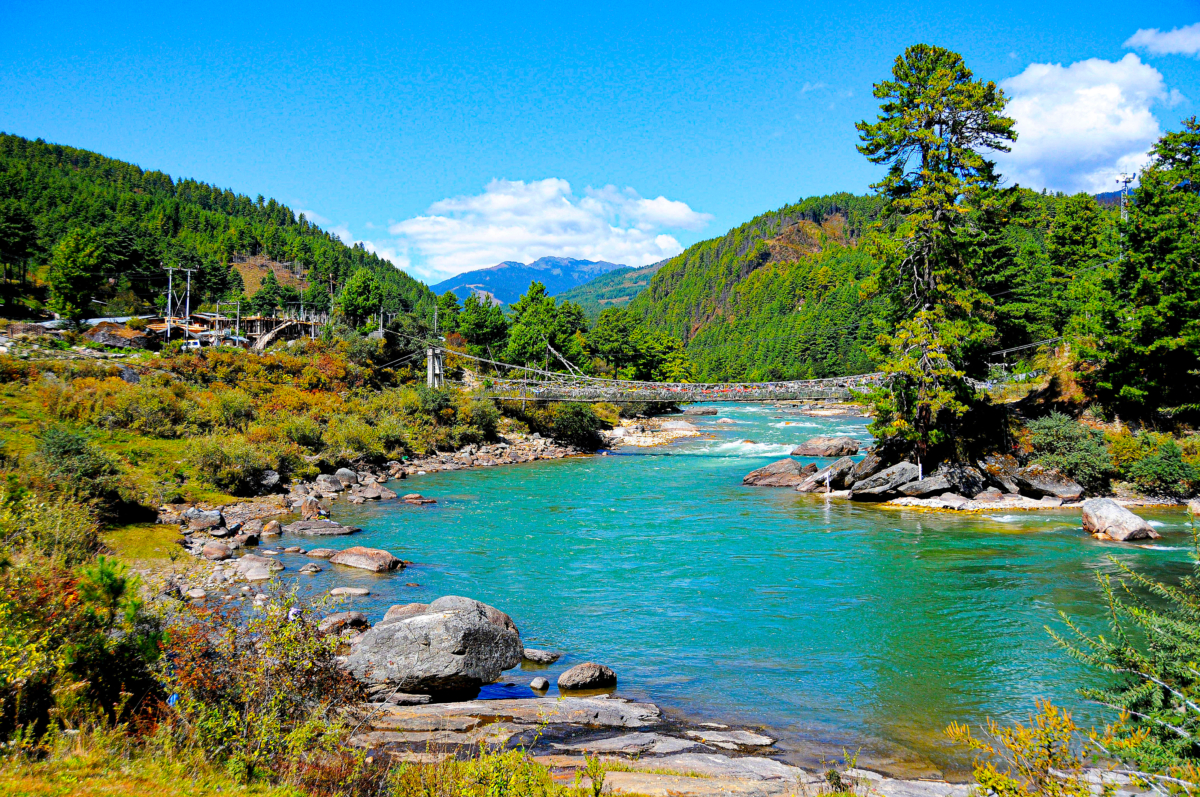
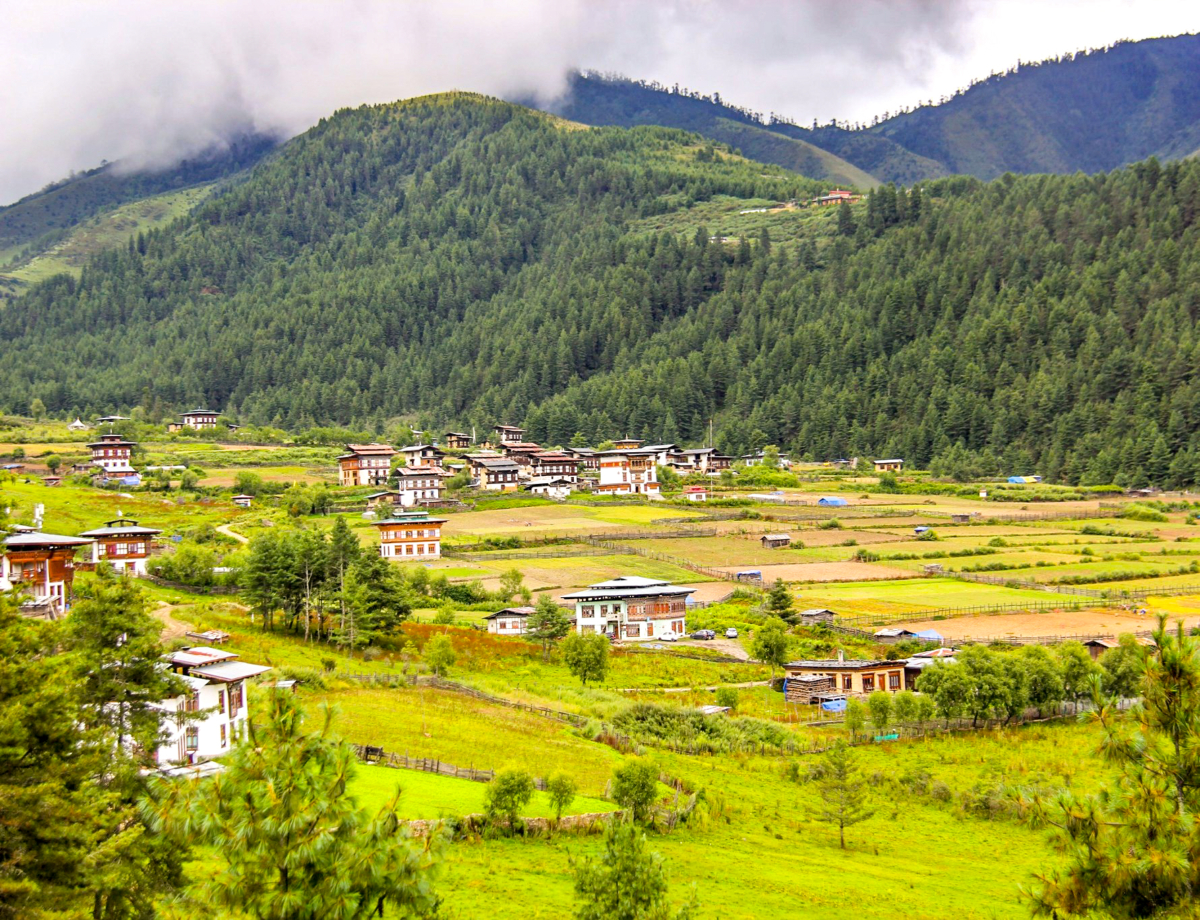

Comments
Post a Comment